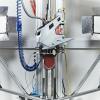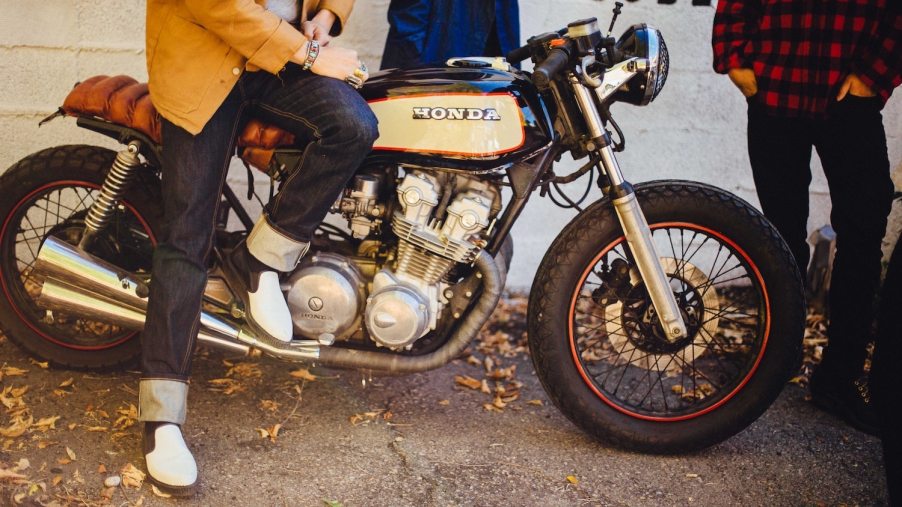
Is Your Motorcycle’s Tire Pressure Tuned to Your Riding Style?
Do you want your motorcycle tuned for your riding style this season? Perhaps you’ve looked at your tire’s maximum psi and your motorcycle manufacturer’s broad suggested psi range but still don’t know the precise number you should target. Your tire pressure is one of the easiest aspects of your bike to adjust and one of the most misunderstood. Luckily, the 10/20 trick reveals the precise psi for your optimal motorcycle performance.
Why do your motorcycle manufacturer and tire manufacturer suggest different psi?
The number on your tire sidewall is the maximum psi you can safely inflate that tire to. You don’t want to exceed it, but you probably don’t want to run it that high. For this reason, your motorcycle manufacturer’s suggested psi range is a better place to start.
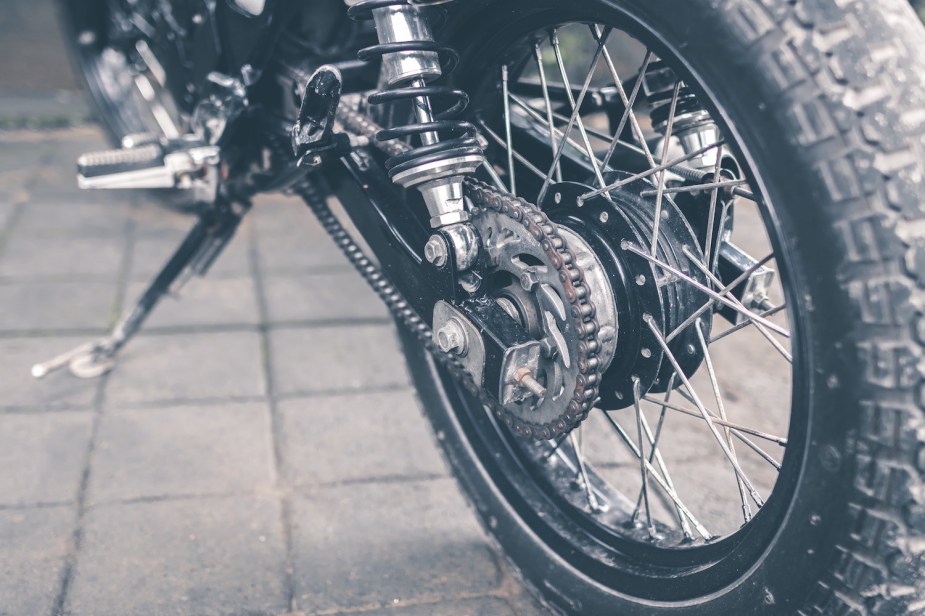
The problem with running your psi too high is that your motorcycle tire will not bend and flex as it rolls. If a tire does not flex under load, less of it touches the pavement and you lose traction. In addition, a stiff tire is less likely to warm up while you ride, further reducing your traction.
The psi number (pounds per square inch of tire pressure) on your motorcycle tire is especially important if you have an aftermarket tire. In this case, it may be lower than the manufacturer’s recommended psi. If so, you should defer to the tire’s maximum psi and consider different tires.
What’s the correct psi for your motorcycle tires?
A motorcycle tire needs to flex and warm up to operate correctly, but if it flexes too much, it will wear prematurely. You know your tire is warm if your front tire psi climbs at least 10% and your rear climbs 20% during a short ride. Hitting this sweet spot often requires tweaking your psi a bit.
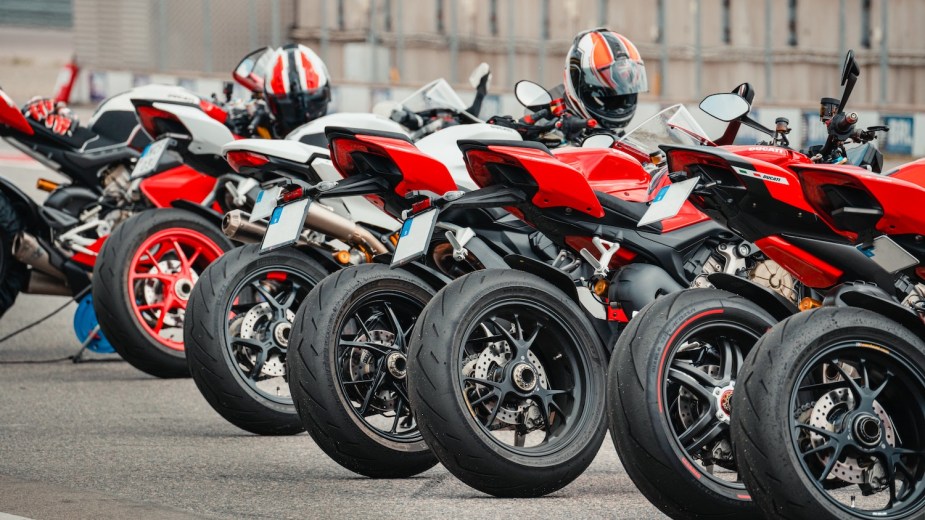
Your ideal motorcycle tire psi depends on the weather, your riding style, how much weight your carry, and even the road surface. But finding your perfect psi doesn’t have to be as complicated as it sounds. The 10/20 method makes tuning your psi easy.
How do you use the 10/20 method to tune your motorcycle tire pressure?
The 10/20 method requires you to fill your tires to the upper end of your manufacturer’s suggested range. Then you go for a ride, check your tire pressure, drop the psi, and repeat until the tires are at the perfect psi.
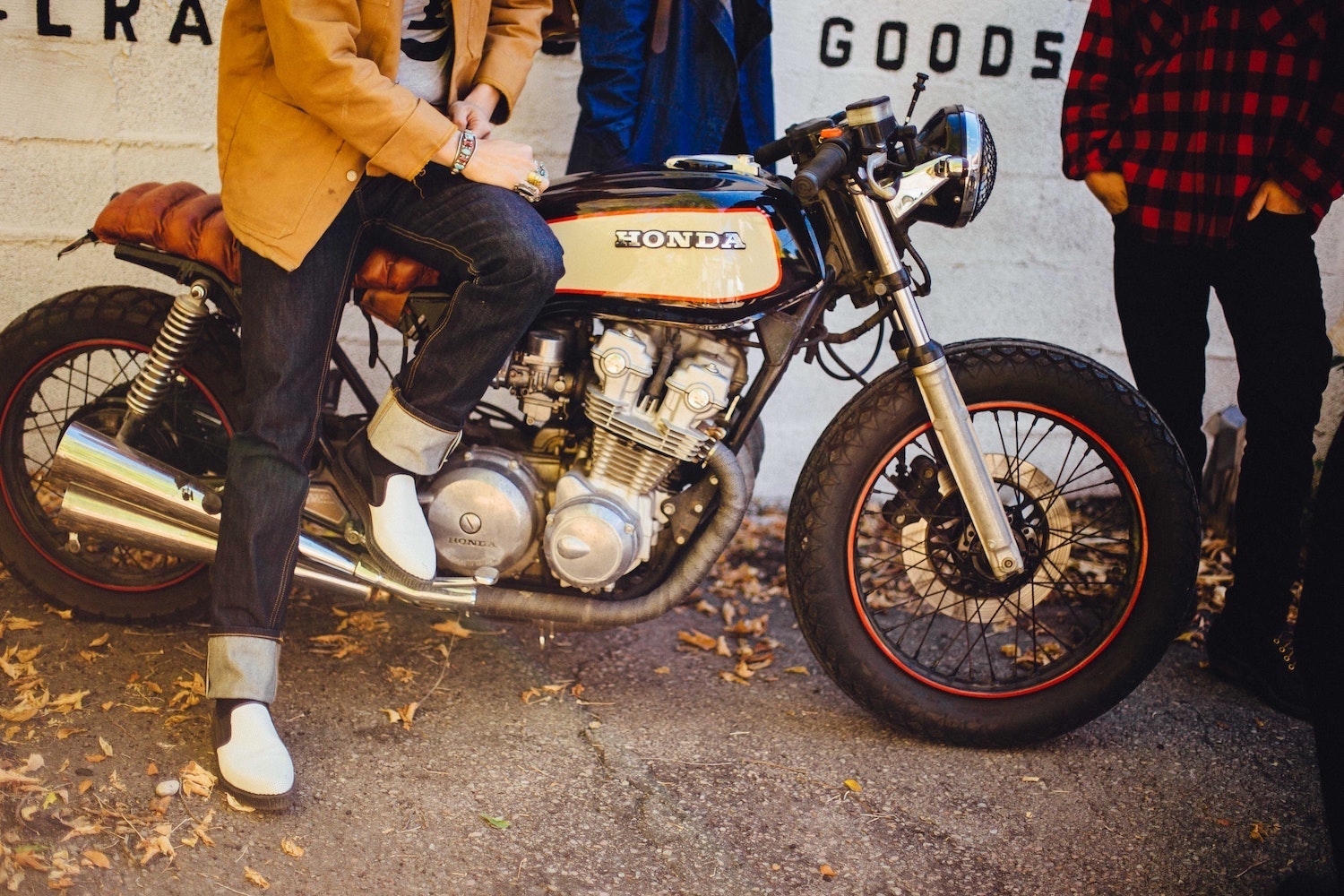
First, let your motorcycle sit for at least two hours (or three hours on a hot day) so its tires can cool. Then, fill your tires to the upper end of your motorcycle manufacturer’s recommended psi range. This is not the maximum psi on the tire sidewall but is instead the manufacturer’s range listed in your owner’s manual.
Next, go for a 20-30 minute ride. This ride should be typical of how you use your motorcycle. If you commute by bike, test at that same time of day. If you always carry a passenger, enlist their help for the test. Try to keep your riding style, road conditions, and cargo weight as typical for you as possible. Then return home.
When you measure your psi again, you’ll find it higher. If your front tire’s psi has not climbed 10% or your back tire’s psi has not climbed 20%, that tire’s pressure is too high–according to American Sport Touring.
You want to let your tires cool for several hours. Then bleed off about one psi from any tire which is too high. Finally, run the same test again. Once your front tire’s psi increases 10% during an average ride and your back tire increases 20%, you’ve found your ideal tire pressures.
If you ever drastically change how you ride, how much weight you carry, or the weather you ride in, it is a good idea to run the 10/20 psi test again. Or if you ride in multiple seasons, run the 10/20 test in each. And if you sometimes ride with a passenger, test with a passenger so you can adjust your psi next time they hop on your bike. Over time, you will develop an intuition for where your tire pressure should be in various situations–thanks to the 10/20 test.
Next, learn a hack to find a slow tire leak or see more motorcycle tire pressure adjustments in the video below:


